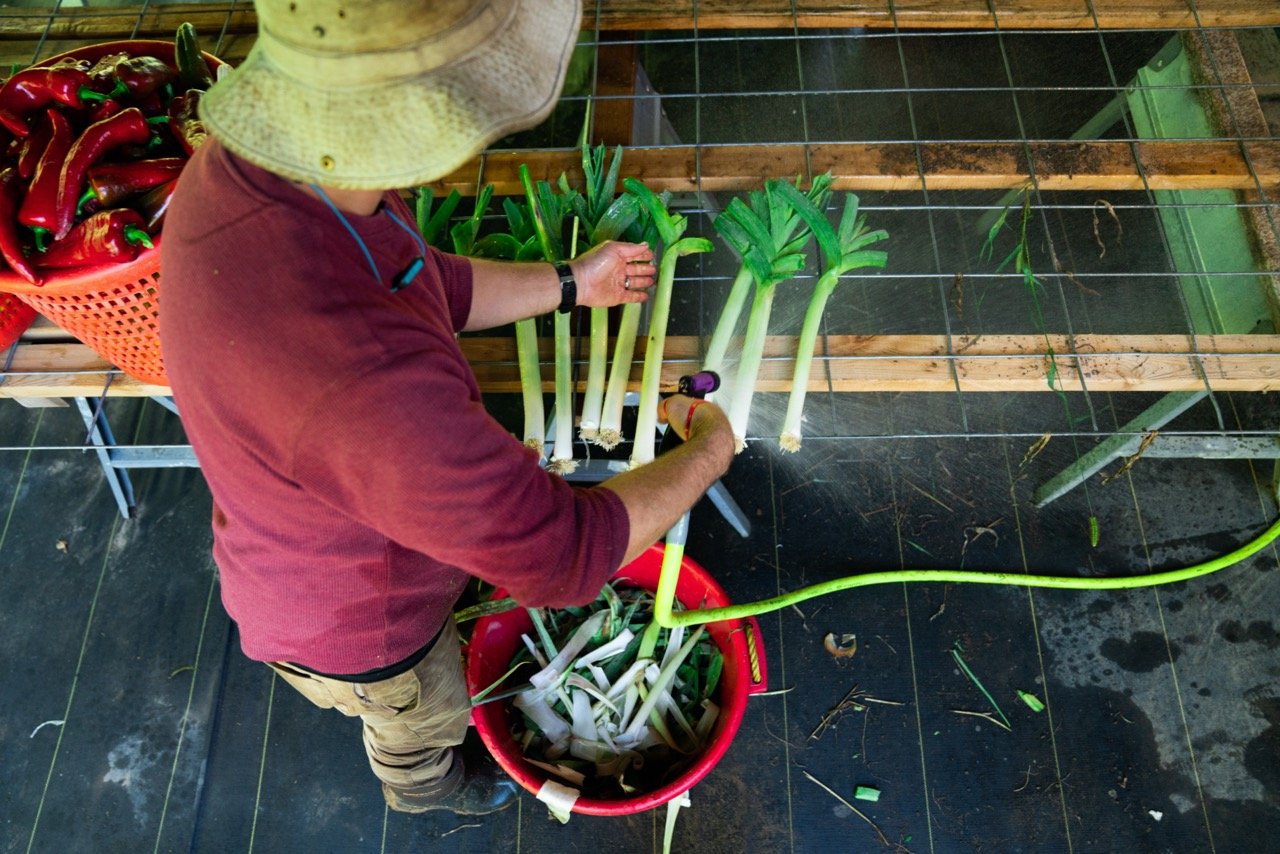Explore
CSA Farmer
Resources
Getting Started with a CSA
-
Starting a CSA might involve small or large changes in your farm’s operations or business model. The basic first steps of starting a CSA are to establish a group of CSA members, develop or modify a business plan, create a budget, and create a crop plan. These resources provide more info about starting and sustaining a CSA:
CSA for Beginners - free online course from Texas Center for Local Food
CSA Resource Guide from NC State Extension
Are You Ready to Are You Ready to Start a CSA? a CSA? from U Tennessee Extension
How to Start Your Own CSA: Learned Experiences from Moshy Farm
-
One of the hallmarks of CSA is the variety of products available throughout the growing season, so a CSA farm’s crop plan should reflect that. The following resources share more about planning for a variety of crops and continuous harvest.
"TIPS FOR SELLING THROUGH CSAS — COMMUNITY SUPPORTED AGRICULTURE - NCAT Marketing Tip Sheet Series"
A Farmer’s Guide to Marketing through Community Supported Agriculture (CSAs) - U Tennessee Extension
NC State Extension Farm Planning and Recordkeeping Excel Spreadsheets
-
CSA profitability starts with a thorough budget that accounts for expenses, income, and desired profit. These resources share guidelines for creating a CSA budget and examples of CSA pricing strategies:
-
The following resources have more information about managing and supporting farm employees on a CSA farm.
Sales and Marketing for CSAs
-
Marketing is key to the success of a CSA. You can market a CSA through local and in-person promotion opportunities like CSA fairs, distributing print materials, and agritourism events. Digital marketing using a website, email, or social media is increasingly important in CSA marketing. These resources share more info about marketing your CSA.
-
Direct connection with the farmer is a key feature of CSA. You can communicate with CSA members by establishing a CSA newsletter, social media page, or social media group. These resources share tips and strategies for effective communication with CSA members.
-
When a customer purchases a CSA, it is a good practice to have them sign a contract or member agreement that outlines the terms of the CSA program. The contract or member agreement serves as a communication tool for the farmer both at the time of sale and as questions or issues arise in the future. These sample CSA contracts and member agreements can serve as a guide for writing up your own.
-
-
A wide variety of distribution strategies have emerged as CSA farms continue to innovate and adapt to meet customer and business needs. Some distribution models include:
Customer pickup at farm or community site
Delivery to home or worksite
Market card/farm credit to be used at farm store or farmers market booth
CSA to ECE
Consider these resources:
-
Yes, and we have folks who can help you with the application process! The Michigan Farmers Market Association has a farmer support request form. Here are some additional resources to learn about accepting food assistance.
-
Many farms are turning to web-based tools to process CSA sales and/or offer additional benefits to their customers, such as product choice. Here are some resources to help you find the online sales platform that works best for your business.
CSA Food Safety
-
Some basic food safety practices include handwashing, not working when sick, keeping things clean, and keeping animals away from food and food contact surfaces. Here are some links to learn more about how to integrate these practices into your farm.
-
Michigan has one of the strongest on farm produce safety support programs in the nation. Best of all, our Michigan On-Farm Produce Safety programs are free and confidential.


